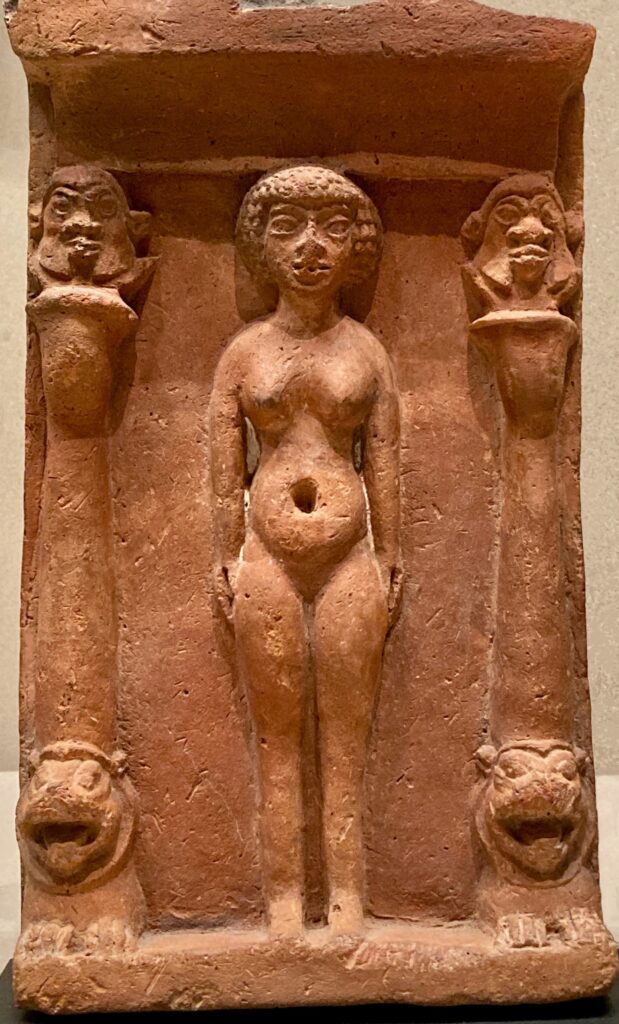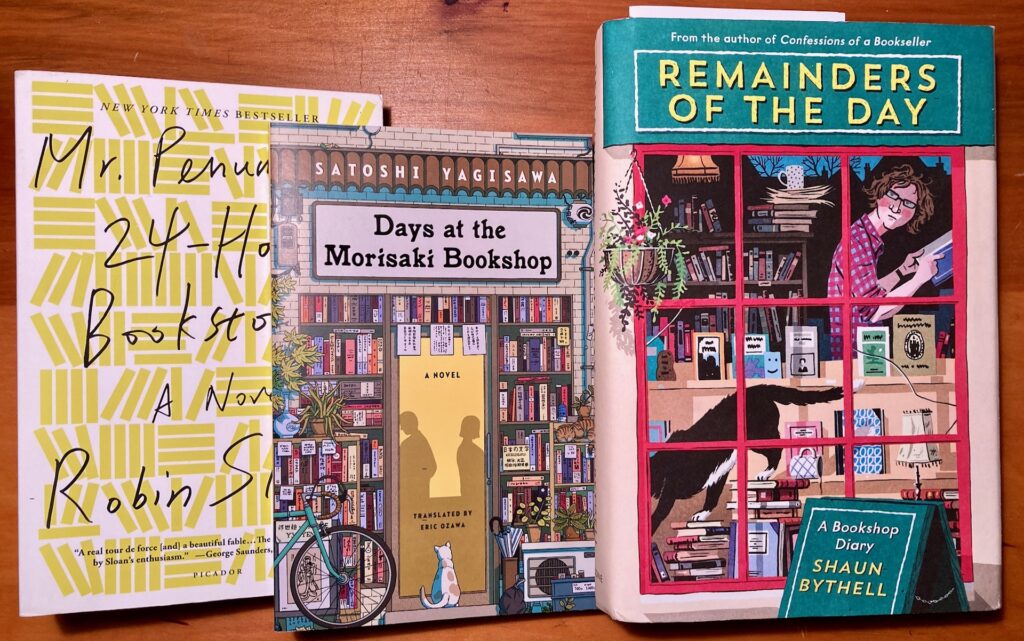…Il n’a pas de gestes
Seulement ma peau
Et les fourmis qui grouillent entre mes jambes oncteuses
Portent des masques du silence en travaillent….
…There are no deeds
Only my skin
And the ants that crawl between my unctuous legs
Carry masks of silence while laboring….
— from the poem “Il n’a pas de mots” by Joyce Mansour, trans. Emilie Moorehouse, Poetry, June 2023, p. 244
Joyce Mansour (1928-1986) — so I learn from Marwa Helal’s introduction to the selection of Mansour’s poetry in the June issue of Poetry magazine — was born in London to a family of Egyptian and Jewish descent. She grew up in Cairo, where she spoke one or two contemporary Arabic dialects, and learned to read classical Arabic. She spoke Egyptian and Syriac, and read classical Arabic. After she married Samir Mansour, a Franco-Egyptian, she began writing poetry in French. She was exiled from Egypt in the 1950s, during the presidency of Gamal Abdel Nasser. She then lived in France, where she became associated with the Surrealists.
Helal warns us against simplistic interpretations of Mansour’s poems: “While some might try to categorize her work under the umbrella of Feminism™ [sic], Mansour was writing beyond the body and this world…. Par of colonization’s cruel work upon all of us is that it repurposes the work of poets like Mansour for its own ends and meaning. Kind of like how American English conveniently erases important etymologies, essentially whitewashing its own linguistic heritage. But language and meaning existed before colonizing languages like French and English….”
…Je suis l’argent
L’argent qui fait l’argent sans savoir pourquoi….
…I am money
Money that makes money without knowing why….
— from the poem “Je suis la nuit” by Joyce Mansour, trans. Emilie Moorehouse, Poetry, June 2023, p. 248
A final comment by Helal on Mansour: “I think what’s important to consider as you engage with Mansour’s work is to remember she isn’t some radical exception — a woman having escaped or defied gender and its imposed or cultural norms — but a woman who made a place to be her full self in these poems…. I want to avoid ascribing or imposing any kind of Eurocentric reading or categorization of Mansour’s work because, though she lived in France, she held so many cultures and lineages in her….”
More on Mansour: an essay about her by translator Emilie Moorehouse.



